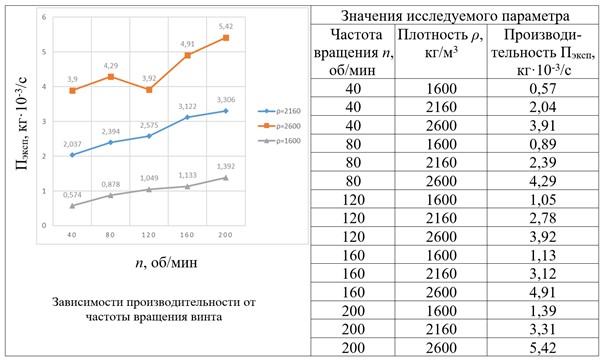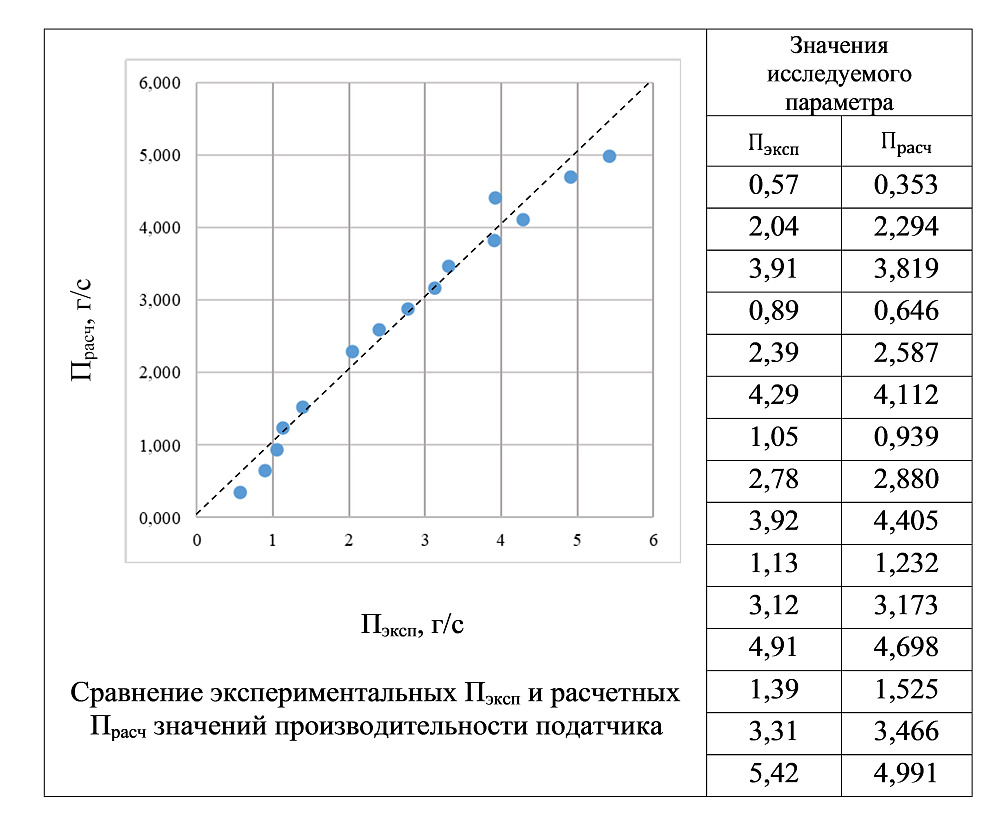The SPbGASU Department of Land Transport and Technological Machines (LTTM) is conducting research into improving devices for transporting bulk materials for municipal vehicles.
Russia is currently implementing federal road construction programs, including in Arctic regions. Both existing and under-construction transport infrastructure require systematic maintenance. Technologies that effectively remove deposits (snow and ice, frozen or dried dust, etc.) from surfaces include those using high-speed pneumatic or liquid jets. The introduction of solid abrasive particles into the jet increases the efficiency of the cleaning process.
However, despite the obvious advantages, using this technology also presents a number of challenges, particularly critical in the low temperatures of the Arctic. These include the loss of mobility of bulk materials with high moisture content at low temperatures. This can be avoided by using a pneumatic-mechanical conveyor, which performs both pneumatic transport of the material and mechanical mixing. However, the widespread use of this technology is hampered by the lack of a mathematical framework that would explain the operating mechanism of such a device and allow for the justification of its design parameters, as well as its operating modes that maximize energy efficiency.
As part of a research grant for SPbGASU research and teaching staff, a review of the technical state of bulk material handling devices was conducted. It showed that such devices are highly sensitive to the properties of the abrasive used, including its moisture content and particle size distribution, and are also quite large. This significantly complicates their use in municipal vehicles, especially at low temperatures. At the same time, the pneumatic-mechanical conveyor design adopted for the study reduces the overall size while simultaneously improving abrasive pickup and delivery.
During the study, an analytical review of calculation and design methods for similar devices was conducted. This review revealed that existing calculation methods do not account for the combined effects of a mechanical auger and a high-speed airflow on the bulk material being transported. The study proposed a mathematical model for the movement of mechanical particles of bulk material in a pneumatic-mechanical conveyor under the influence of a mechanical auger and a high-speed airflow.
Experimental studies of the pneumatic-mechanical conveyor of a municipal vehicle revealed the key principles of the process. Based on the experimental results presented in Figure 1, the empirical coefficients of the mathematical model were determined and the operating modes of the device were established that maximize transportation energy efficiency.
The developed regression model for calculating the performance of a pneumatic-mechanical conveyor when transporting bulk materials with a specified set of properties—particle size, material density, and mechanical auger speed—allows for an informed choice of conveying equipment for municipal vehicles. A comparison of the performance values obtained by the Prasch calculation with the experimental results of the Pexp is shown in Figure 2.
The substantiation of the design parameters and operating modes of a pneumatic-mechanical conveyor for bulk materials of a municipal vehicle was carried out as part of the study by SPbGASU research and teaching staff using internal grants in 2025.



